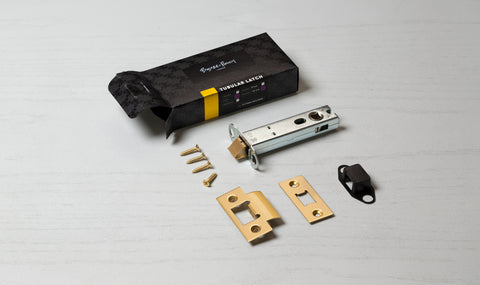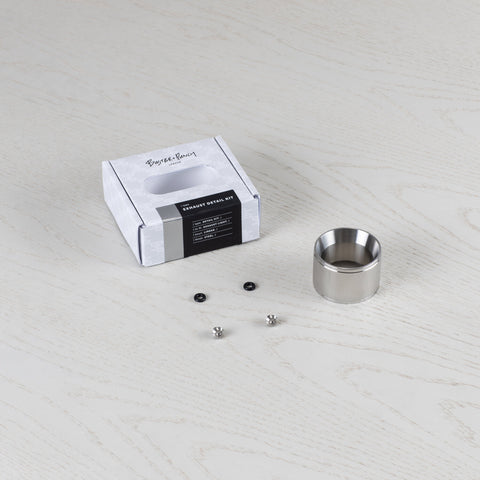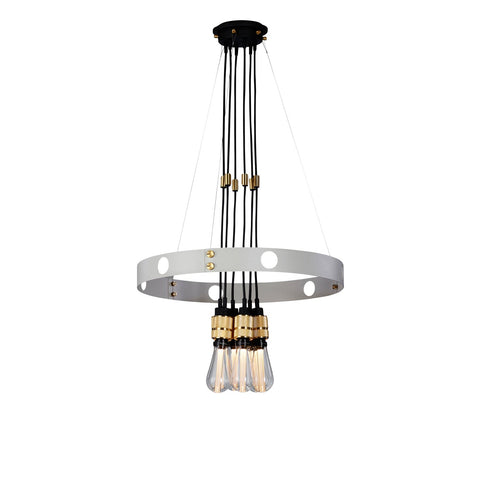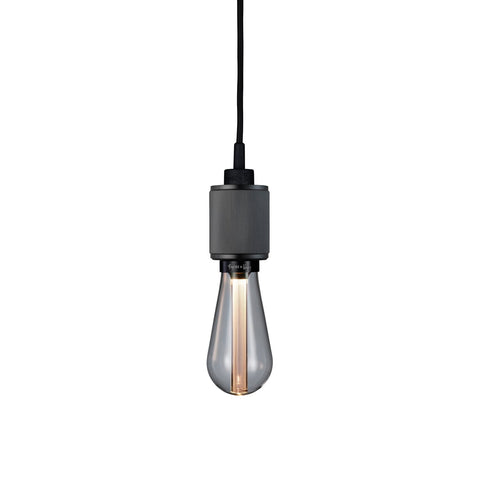
How to Light Your Home: Office
Optimise your workflow. Decrease strain and increase productivity.
How? By lighting your workspace with LED lights.
When performing tasks, the proper lighting setup is paramount to maintaining energy, mood, and efficiency. If the correct light isn't available, eye-strain and discomfort can creep in and threaten productivity. Poor lighting is one of the top complaints heard from corporate employees across the globe.
Frequently office lighting solutions are as much of an eye-sore as the one lack of light is giving you, but there are plenty of available options to meet your needs without sacrificing style. Many LED lamps even offer smart features such as wireless phone charging, time/date/weather information displays, and integrated Bluetooth speakers and variable light colour.

When setting up lighting for an office, it's important to remember the types of lighting:
-
Natural lighting
-
Overhead lighting
-
Task lighting
-
Corrective lighting
-
Ambient Lighting
Combining these properly and keeping a balance is the key to a comfortable lighting scheme.
1. Natural Light
The first step is to consider natural light sources; is there a large window or a skylight available? If so, position your work space close to or directly next to this. It will serve as the foundation for all other lighting to be built on. Keep in mind that natural light isn't available always and through the night – adequate lighting from artificial sources will be needed to compensate.

2. Overhead Lighting
Next, you should take a look at the built-in lighting available for when natural light isn't. However, these often cast scattered or unflattering, shadowy light, so check for any gaps in the overall illumination of the room. Not much can be altered in terms of built-in overhead lighting, especially if you're a tenant renting a space. Consider things such as upgrading to energy-efficient bulbs with higher light outputs or using ambient and task lighting to fill in any dim or shadowed areas.

3. Task Lighting
Task lighting is the most important in an office or work environment, simply for the obvious fact it assists by helping you see what you're doing better than all other lighting types. Task lighting solutions include desk or floor lamps with a more direct beam to properly brighten work areas. Dedicated task lighting is the most imperative for combatting eye-strain and is often small and able to be placed wherever extra light is needed – desk lamps are perfect for this. There are even LED lamps available that emulate daylight to reduce eye-strain and offer digital displays that can aid organisation.

4. Corrective Lighting
In offices and workspaces, corrective lighting is important to offset the glare caused by screens. Positioning lighting behind screens offsets the glare and diminishes the effects of looking at screens for extended periods. This can also be conveniently combined with ambient lighting, to create a less intrusive and more aesthetically pleasing fix.
5. Ambient Lighting
RGB colour changing strips are a very popular solution here, as they offer so much opportunity for customisation. Brightness, colour, effect, whiteness temperature, and Bluetooth remote options are some of the available capabilities in LED strip lighting.
Combining these types of lighting to create an even, balanced scheme is the key to making a work environment comfortable and even enjoyable by reducing strain and creating a pleasant ambiance.
Explore our range of business and office suitable solutions here.





Pablo
Hi,
I’ve got a home office and was wondering what is the best combination of your products and placement to have the least amount of eye strain. Right now the only light I have in the room is the single overhead one which seems to give me eye strains/headaches.
Kind regards,
Pablo